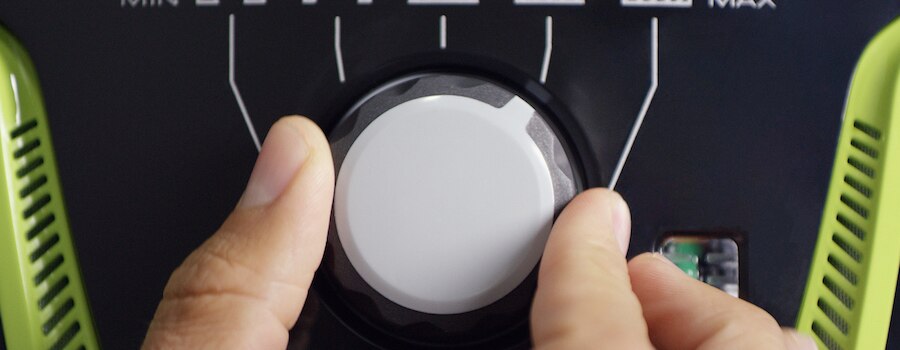
Electrolux will improve the energy and water performance of our appliances, raising the bar for product efficiency around the world.
| The roadmap to 2020 | Next steps |
|---|---|
| Be a leader in product efficiency in our most important markets by 2020. |
|
| Continue to develop products with good environmental performance, with focus on energy efficiency. |
|
| Continue to drive the market for efficient products through awareness-building customer and consumer campaigns. |
|
On track
Additional effort is required
Off track
Work has not yet begun
Case studies
The future of laundry: From lonely chore to social event?
Electrolux keeps hospital infections away
Treating your clothes with respect
Smarter laundry for businesses
Related reading
Watch on YouTube
YouTube: Tasteology - official trailer
YouTube: The Little Black Dress Guardian SoftWater Technology by AEG
Strong focus on product efficiency has proved a profitable strategy for Electrolux in key markets, especially in Europe. Our approach is now embedded in processes throughout all regions and product categories, to make water and energy efficiency a defining feature of our product offering. This includes planning for the future development of efficient appliances.
Year on year, Electrolux has demonstrated the value of efficient products. In 2016, the global green range of our most energy- and water-efficient products accounted for 20% of total units sold and 28% of gross profit for consumer products.Every year we raise the bar in terms of the critera used to evaluate the products included in the Green Range. Efficiency is a priority across all product categories, and each major category has 2020 targets in place for its markets, as well as indicators to track progress.
The global approach to product design and modularization is crucial for stepping up the level of ambition across the product categories. Over the years, Electrolux has been investing about a third of its R&D spend on product efficiency – this year, approximately SEK 1,050m (1,070m) – and more and more global projects are in the pipeline. Every year, we communicate how efficiency has improved in each product category by measuring our fleet average.
The profitability and choice of products going to market is determined on the local level, based on energy-efficiency requirements and consumer demand. Of our key markets, Europe, the US, Brazil and some Asia-Pacific countries currently have efficiency requirements in place, with varying levels of ambition. According to our own 2014 consumer research, engagement levels are high in Europe and are increasing in the US.
In Europe, which represents 30% of total Group sales, energy efficiency has improved by an average of 3% per year since 2012 (see graph EU Fleet Average below), and Electrolux is well established in the efficiency race in the region. Our leadership position is also evident in fabric care and across markets for food preservation, both of which are high-volume categories.
Engaging in dialogue directly with consumers on the value of using appliances optimally and efficiently will help us overcome these challenges. Examples during the year include the communications around the Tasteology documentary on food, the AEG laundry range launch in Europe as well as the launch of MyPro semi-professional laundry range.
In Europe, Electrolux continuously improved its energy efficiency across three product categories in 2016. The energy index is set at 100% for 2012.
_2016_EU-Fleet Avarage_2.png)
In Europe, Electrolux continuously improved its energy efficiency across three product categories in 2016. The energy index is set at 100% for 2012.
20%
Consumer products with the
best environmental performance
accounted for 20% of total units sold
28%
and 28% of gross profit